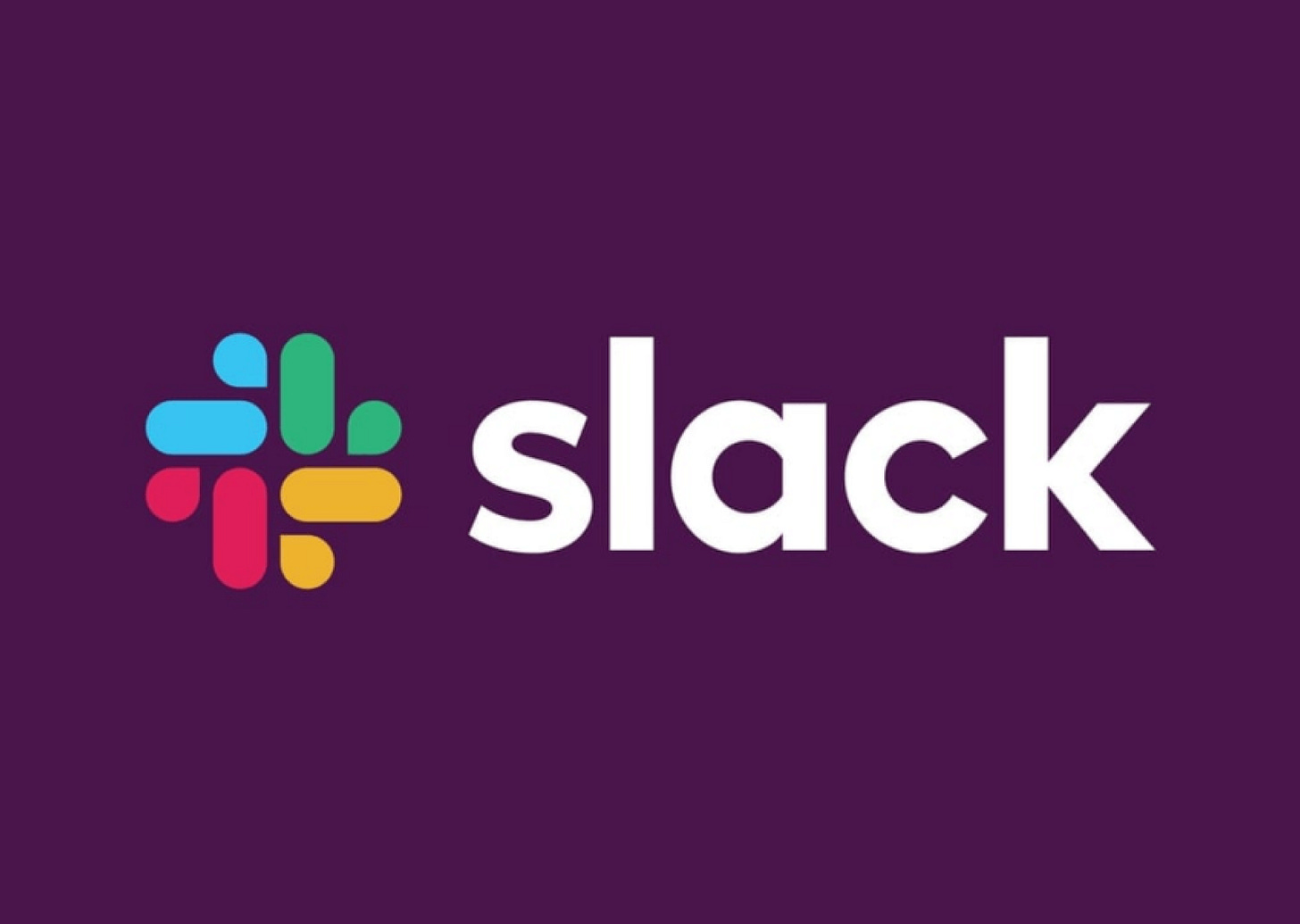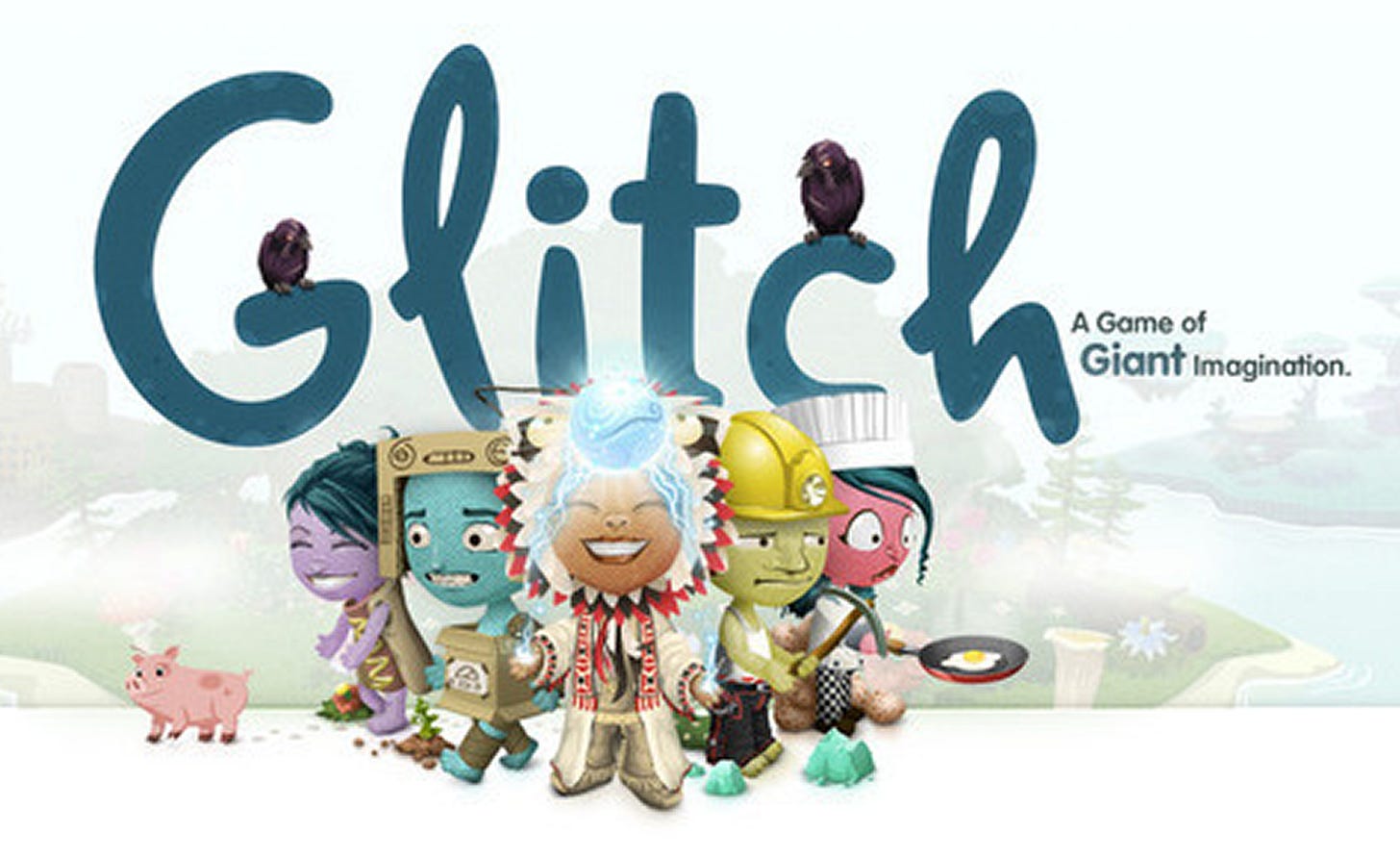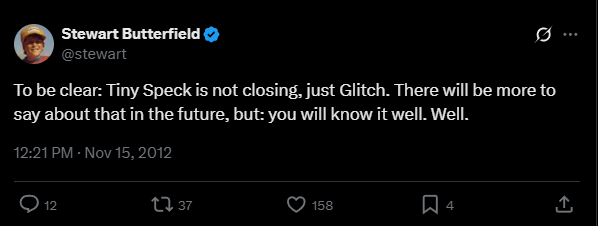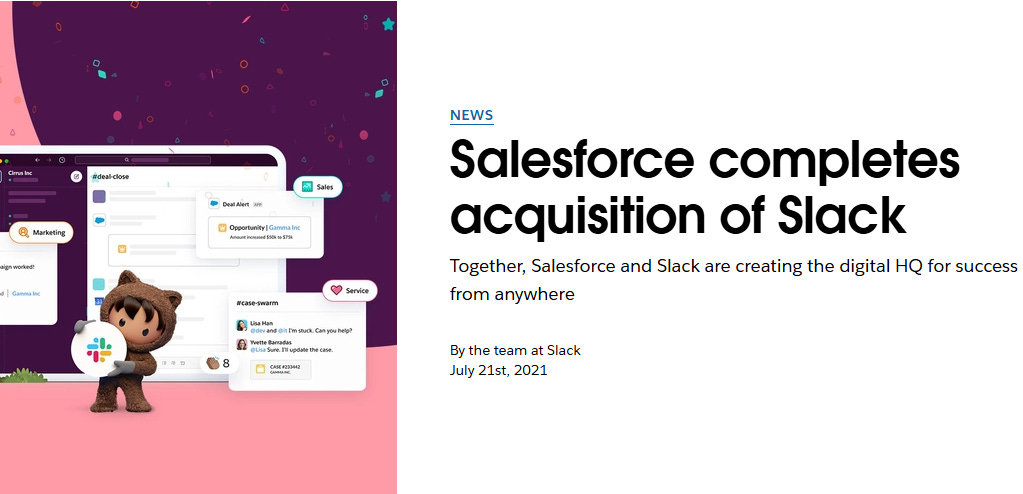From Gaming Failure to Workplace Revolution
How Stewart Butterfield turned a dying gaming startup into the $27.7 billion workplace communication giant and the hidden lessons every entrepreneur & designer needs to know.
The most valuable lessons in business often emerge from the ashes of failure. Few stories illustrate this principle more dramatically than Stewart Butterfield's transformation of a failing gaming startup into Slack, the workplace communication platform that would eventually sell for $27.7 billion.
The Dream That Wouldn't Die
Stewart Butterfield wasn't new to the world of ambitious innovations. After co-founding the photo-sharing platform Flickr, which Yahoo acquired for $25 million in 2005, he had already proven his ability to spot opportunity in unexpected places. But Butterfield harbored a persistent dream: creating an innovative online multiplayer game.
In 2009, he founded Tiny Speck with the vision of building something called Glitch a non-violent, cooperative online game that would challenge the aggressive nature of most multiplayer experiences. The game was whimsical, creative, and utterly unique. Players could explore a colorful world, collaborate on projects, and engage in activities that prioritized imagination over combat.
But dreams, no matter how creative, must contend with market realities.
When Innovation Meets Insurmountable Obstacles
Glitch faced two critical problems that would prove fatal. First, the team had built the game on Adobe Flash, a technology that was rapidly becoming obsolete. When Steve Jobs declared war on Flash and refused to support it on iOS devices, Glitch was suddenly locked out of the fastest-growing segment of the gaming market.
Second, and perhaps more fundamentally, the game suffered from a retention problem. As Ben Horowitz, one of Tiny Speck's investors, would later explain, players would finish the available content and then simply leave. Despite its charm and innovation, Glitch couldn't sustain the engagement necessary for a successful online game.
By late 2012, the writing was on the wall. Tiny Speck was hemorrhaging money, and Glitch wasn't gaining the traction needed to survive. Butterfield faced a painful reality: his gaming dream was failing, and he would need to shut down the company or find a radical new direction.
The Tool Within the Tool
But something remarkable had happened during Glitch's development. To coordinate their distributed team and manage the complex process of building an online game, Tiny Speck had created an internal communication tool. This wasn't just another instant messaging system it was a sophisticated platform that organized conversations into channels, preserved message history, integrated with other tools, and made remote collaboration surprisingly effective.
While Glitch struggled to find its audience, this internal communication tool had become indispensable to the Tiny Speck team. They used it for everything: technical discussions, creative brainstorming, project updates, and even casual conversation. It had solved a real problem that extended far beyond gaming.
It wasn't immediate or obvious. As Butterfield would later reflect, recognizing that their communication tool could be a standalone product required stepping back from their original vision and seeing their work through fresh eyes. Sometimes the most valuable thing you're building isn't the thing you think you're building.
The Time That Changed Everything
In early 2013, Butterfield made the crucial decision. Instead of shutting down Tiny Speck entirely, they would pivot completely transforming their internal communication tool into a commercial product aimed at businesses and teams everywhere.
The transition wasn't without challenges. Convincing investors who had funded a gaming company to support an enterprise software pivot required considerable persuasion. The team had to rapidly shift their mindset from consumer entertainment to business productivity, learning entirely new market dynamics and user needs.
But they had one significant advantage: they were their own first customers. They understood intimately what made their communication tool valuable because they had been using it daily to run their own company. This deep, practical knowledge of the product's strengths and limitations would prove invaluable as they refined it for a broader market.
From Failure to Fortune
The results were extraordinary. Slack launched publicly in February 2014 and immediately began attracting users at an unprecedented rate. Within 24 hours, it had 8,000 sign-ups. Within two weeks, that number had grown to 15,000. By the end of its first year, Slack had over 500,000 daily active users.
The growth continued relentlessly. Companies discovered that Slack didn't just facilitate communication it transformed how teams collaborated, making remote work more effective and reducing the chaos of email overload. The platform became essential infrastructure for modern businesses, particularly as remote work became increasingly prevalent.
In December 2020, Salesforce announced its acquisition of Slack for $27.7 billion, completing the deal in July 2021. This represented one of the largest software acquisitions in history and validated the extraordinary transformation Butterfield and his team had achieved.
Lessons for Founders and Designers
The Slack story offers several crucial insights for entrepreneurs and designers:
1. Pay Attention to Your Internal Tools
Often, the solutions you create to solve your own problems are more valuable than your primary product. If you've built something that you and your team can't live without, other people probably need it too. Your internal processes might be harboring your next breakthrough.
2. Embrace Radical Pivots When Necessary
Butterfield didn't try to incrementally improve Glitch or find a slightly different gaming angle. When the evidence was clear that the original vision wasn't working, he pivoted completely to an entirely different market. Sometimes saving what you can from a failing venture requires abandoning the original vision entirely.
3. Be Your Own First Customer
Slack succeeded partly because the team deeply understood the problem they were solving. They had lived with the pain points of team communication and had experienced firsthand how their tool addressed those issues. This user empathy informed every design decision and feature priority.
4. Technical Decisions Have Strategic Consequences
The choice to build Glitch on Flash seemed reasonable at the time but became a fatal flaw when the technology landscape shifted. Founders and designers must constantly evaluate whether their technical foundations will support their long-term vision, especially in rapidly evolving fields.
5. Market Timing Matters More Than Perfection
Slack launched at a moment when remote work was becoming more common, and teams were frustrated with existing communication tools. Sometimes a good product at the right time beats a perfect product at the wrong time.
6. Value Can Emerge from Unexpected Places
The most valuable aspect of Tiny Speck wasn't the product they intended to build, but a supporting tool they had created almost as an afterthought. This suggests that entrepreneurs should regularly audit all aspects of their operations for potential opportunities.
The Hidden Success Principle
The Slack story ultimately demonstrates a fundamental truth about innovation: sometimes your biggest success is hiding in plain sight within your failure. The key is developing the awareness to recognize value wherever it emerges and the courage to pursue it, even when it means abandoning your original plans.
Butterfield's journey from gaming failure to workplace revolution wasn't just about building a better communication tool. It was about maintaining the flexibility to see opportunity in unexpected places and the resilience to transform failure into the foundation for something even greater.
For founders and designers, the message is clear: pay attention to what you're building beyond your primary product, be willing to pivot radically when the evidence demands it and remember that sometimes the best path forward leads through the wreckage of your original dreams.






